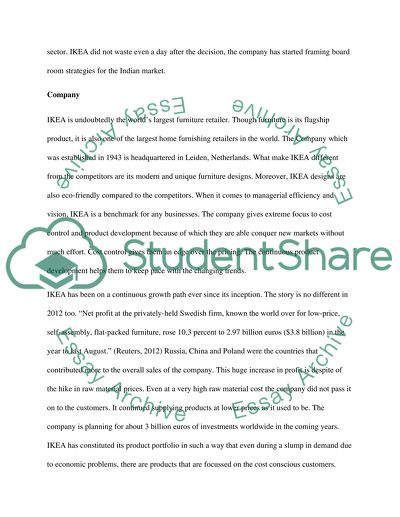Cite this document
(“Why Foreign Investors Need to Look at Political Risks in India Essay”, n.d.)
Retrieved from https://studentshare.org/finance-accounting/1402131-international-financial-strategies
Retrieved from https://studentshare.org/finance-accounting/1402131-international-financial-strategies
(Why Foreign Investors Need to Look at Political Risks in India Essay)
https://studentshare.org/finance-accounting/1402131-international-financial-strategies.
https://studentshare.org/finance-accounting/1402131-international-financial-strategies.
“Why Foreign Investors Need to Look at Political Risks in India Essay”, n.d. https://studentshare.org/finance-accounting/1402131-international-financial-strategies.


